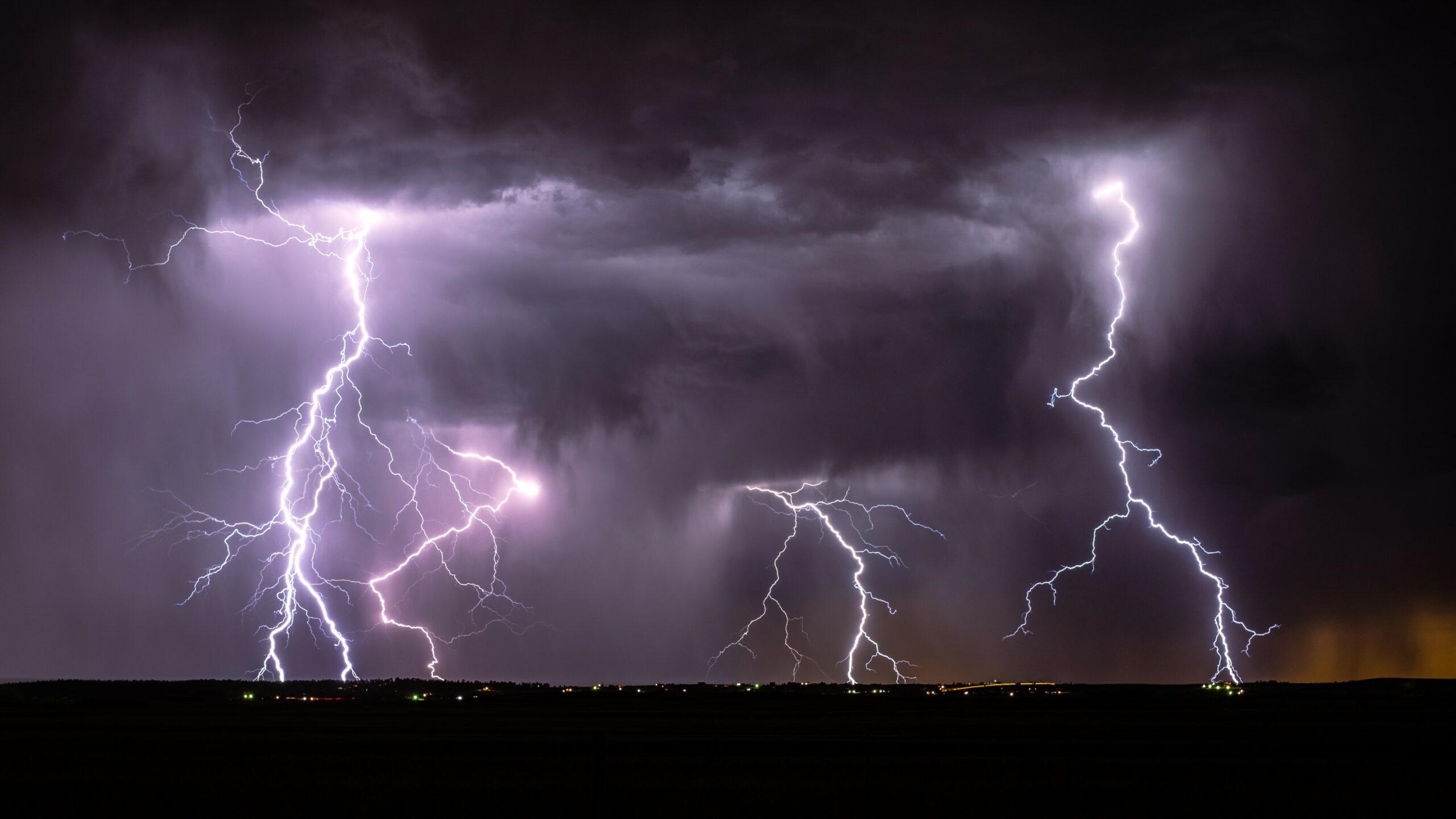
Heavy Rain, Flooding, and Chance of Severe Weather Staring Down the Southern U.S.
January 22, 2024
Posted: March 16, 2023 9:30 am





Buckle up if you live in the South. It is going to be a rocky few days of weather in this part of the country. The severe storms of Thursday and Friday will give way to a more wintry weather pattern, taking the region into the official start of the astronomical spring on March 20.
The severe storms to close out the week will be fueled by the warm and moist air coming up from the Gulf of Mexico. This precipitation will raise the risk of flooding and severe weather across a large part of the central U.S. and along the Gulf Coast.
Thunderstorms are forecast to fire up on Thursday afternoon just to the west of the Interstate 35 corridor coming down from Kansas and into Oklahoma and Texas. Cities at risk for seeing this severe weather develop include Tulsa, Oklahoma City, Little Rock, Dallas, Austin, and Houston.
It will not take long for these storm cells to become severe in nature. While the chance of widespread tornadoes are not in the forecast, residents in this zone should be aware of the possibility of an isolated twister or two. The National Weather Service (NWS) Storm Prediction Center (SPC) is warning that almost 29 million Americans are under some type of threat of severe storms throughout the day and evening Thursday.
The threat of stormy conditions will stick around through Friday, however, these cells are not expected to be as severe. The system will continue its movement to the east, putting areas of the Southeast in the most danger. This includes a region stretching from southeastern Louisiana into the northeastern Gulf coast in Florida. A few stray storms may reach as far as western Georgia. In addition to damaging winds and flash flooding, these cells will increase the risk of tornadoes and waterspouts in the impacted area.
Although the start of spring is marked in the Northern Hemisphere on March 20, it may feel more like winter for the South. The current system bringing the stormy conditions will be followed up with a mass of frigid air. This bitterly cold air will suppress the risk of thunderstorms as it infiltrates the south-central U.S. and the Southeast.
However, the air will also bring temperatures low enough to deliver frost or freeze concerns for the interior South. This is particularly worrisome for a part of the country that has already seen many buds and blossoms flourish in recent weeks due to an unseasonably warm February. These blossoms will be vulnerable to the rapidly dropping mercury.
For instance, temperatures are expected to fall into the mid 30s in Atlanta on Friday, Saturday, and Sunday nights. The metro area suburbs may see readings as low as the upper 20s, far below the historical average of the mid 40s for the middle of March.
It will also be chilly in the daytime hours with highs hovering about 5 to 15 degrees below normal. While a normal high for Atlanta in mid-March falls in the mid 60s, Monday’s high will only come in at about 47 degrees.
It will be even colder when compared to average in the southern High Plains. Rather than seeing highs in the upper 60s as is normal for this time of the year, the region will see readings that fall as low as the 40s for a high.
Forecasters are keeping an eye on another potential winter storm that may move from the Southwest, across the Gulf coast states, and into the Southeast by the end of the weekend. This weather maker could bring wet snow to some areas of northwestern Texas by Sunday or early Monday. For instance, Lubbock is showing the chance of snow showers early Monday.
This winter precipitation could reach the Eastern Seaboard by next week, bringing another threat of snow to the southern Appalachians and across the Piedmont region in Georgia and the Carolinas. It is important to note that this storm is still in the early stages of development. A lot could happen between now and then to change the trajectory and potential intensity of this system. You will want to keep an eye on it in the coming days as it continues to develop.
Did you find this content useful? Feel free to bookmark or to post to your timeline for reference later.

January 21, 2024

January 19, 2024

January 18, 2024